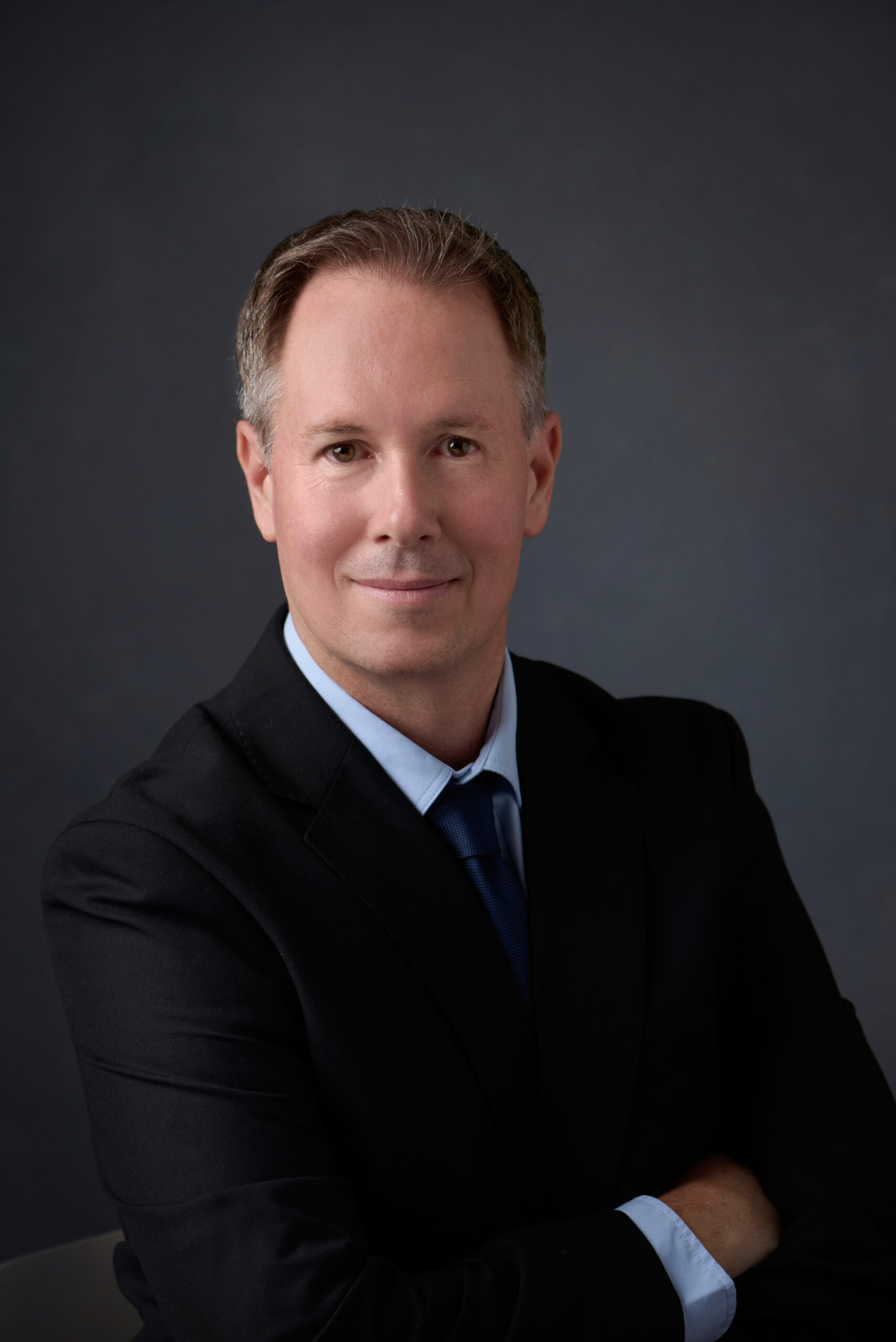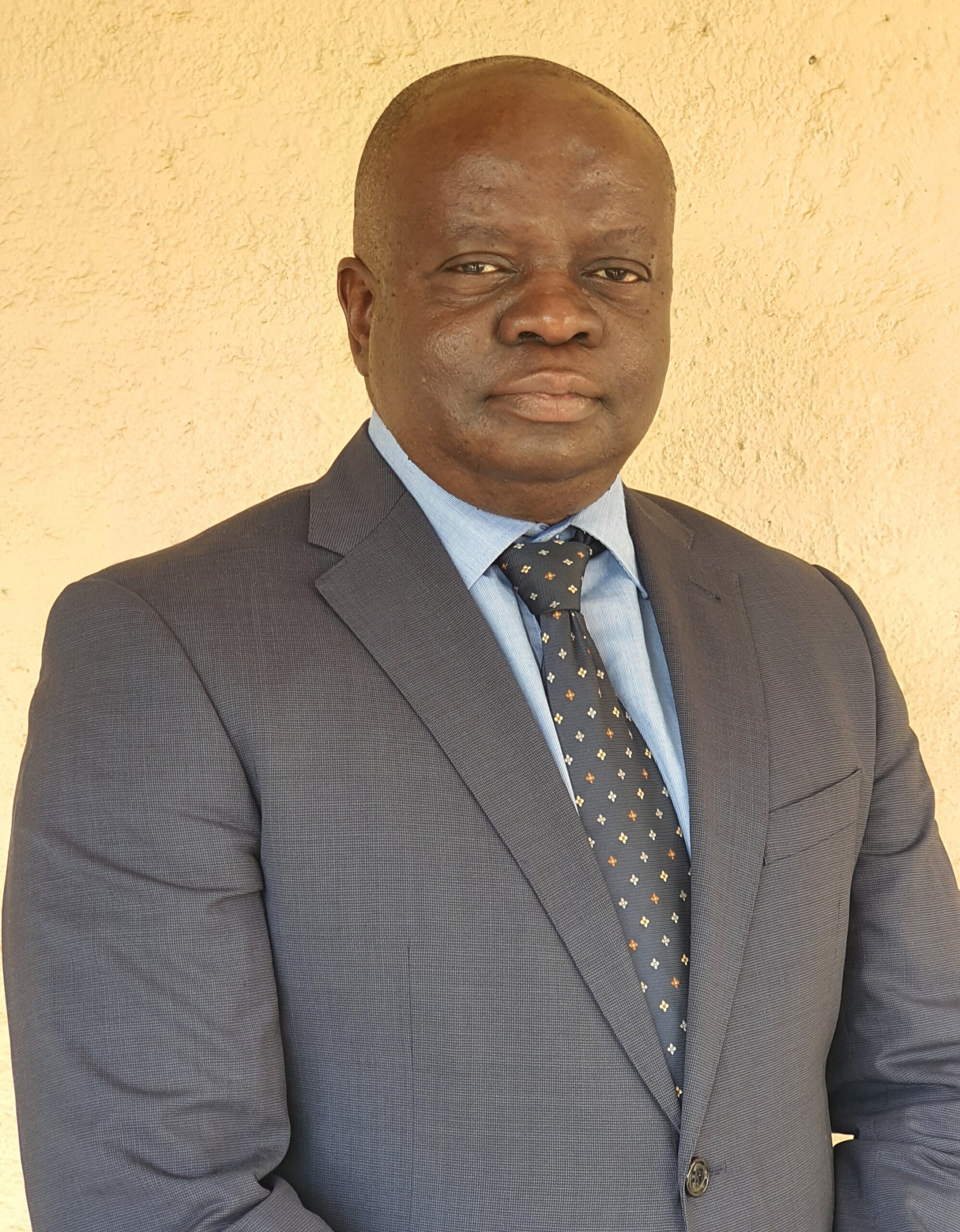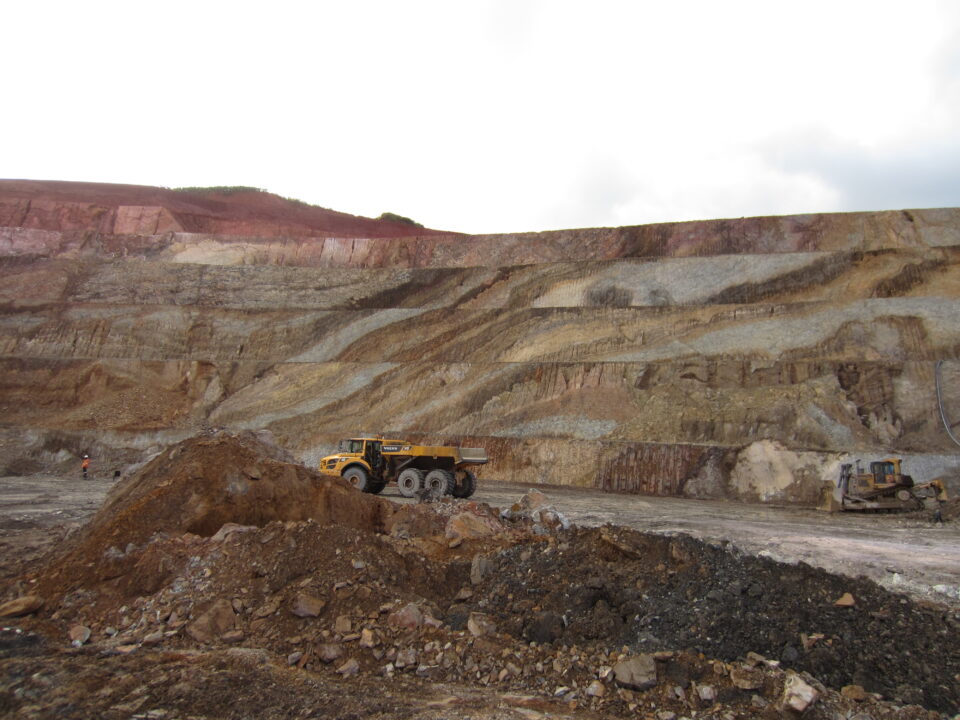John Stiff, Partner and Principal Engineering Geologist, SRK Consulting (South Africa)
Wouter Jordaan, Partner and Principal Environmental Scientist, SRK Consulting (South Africa)
Marcin Wertz, Partner and Principal Mining Engineer, SRK Consulting (South Africa)
Malcolm Maber, Partner and Principal Geotechnical Engineer, SRK Consulting (South Africa)
Lindsay Shand, Partner and Principal Environmental Geologist, SRK Consulting (South Africa)
Paul Aucamp, Partner and Principal Engineering Geologist, SRK Consulting (South Africa)
James Dutchman, Associate Partner and Principal Engineering Geologist, SRK Consulting (South Africa)
Hennie Booyens, Associate Partner and Principal Engineering Geologist, SRK Consulting (South Africa)
Sathisha Barath, Principal Hydrogeologist, SRK Consulting (South Africa)
Mining, as a foundation sector in the economy of the Democratic Republic of Congo (DRC), is now reliant for its future growth and positive broader impacts on an enabling ecosystem – which includes infrastructure that is both fit-for-purpose and resilient.
The range of infrastructure – from roads and rail to energy and water facilities – is essential to facilitating logistics and trade in the DRC, paving the way not only for mining’s growth but for the blossoming of other industries which can create a more diversified and inclusive economy.
Since we established our local practice in Lubumbashi a decade ago, SRK Consulting has seen significant developments in mining – and these are driving a greater need for supporting infrastructure.

Land of opportunity
Among the large works underway is the Lobito Corridor, linking the copper belt centres such as Ndola, Chingola, Lubumbashi and Kolwezi to the Angolan port of Lobito on the Atlantic Ocean. This reiterates the positive changes over the past 10 years, and their anticipated continuation given the global demand for copper.
This central region of Africa is set to deliver enormous opportunity, which can be fostered if well planned and designed infrastructure is put in place. Of course, it is not only mining that will benefit from these investments, but the regional economy as a whole – opening doors for other sectors to flourish.
The acceleration of mining projects in the region is not just about quantity and production. There is also a growing focus on bringing operations up to international standards – not least in the field of environmental impact assessments.
Standards raise the bar
Mines develop over large areas, and the environmental impact is substantial on a site-by-site basis but also cumulatively as operations open in close proximity to one another. As more international financial institutions and investors are drawn into this economy, there is an increased expectation to meet global sustainability standards, responsible mining standards and lenders’ environmental and social safeguards.
For instance, more local mines are extending their compliance beyond national regulations and aligning to the Copper Mark, to promote sustainable and responsible sourcing of copper. The Copper Mark also raises the bar for the operation and management of tailings storage facilities (TSFs), as it requires that tailings management lines up with widely supported good practice guidelines, such as the Global Industry Standard on Tailings Management (GISTM) – with TSFs representing critical infrastructure on mining operations.
As more companies adopt – or align their practices with – these international standards, they need to upgrade various aspects of their TSFs. This requires specialised services beginning with tailings engineering and extending to environmental, social and governance (ESG) and disaster management.

Geotechnical risks
Geotechnical considerations remain a critical aspect of infrastructure development, especially in the context of mining operations, which requires more than just the immediate mining infrastructure such as processing plants and TSFs. Beyond the mining process itself, extensive infrastructure is necessary – ranging from transportation networks such as roads, railways and ports to essential utilities including water storage and reticulation as well as power supply and distribution. In many cases, especially in remote locations, mining companies must also establish self-contained communities through building of housing, schools, health facilities and other basic amenities. These developments, whether mining, industrial or residential, require a thorough understanding of the ground conditions to ensure long-term stability and safety.
In the DRC, the geotechnical challenges are heightened by the associated presence of karst ground – presenting unique risks in terms of ground stability, given that sinkholes and subsidence are associated with karst ground. The risk is also amplified in areas where mines conduct extensive and continuous dewatering, as this may trigger sinkholes when the stability of cavities are affected by lowered groundwater levels. These conditions are generally assessed for TSFs during the design phase and subsequent dam safety reviews. They may also extend to the nearby communities or infrastructure, necessitating the need for geotechnical investigations for public infrastructure such as roads, highways and rail lines, as well as for renewable energy facilities such as solar photovoltaic plants or even wind energy farms.
Stewards of water
As mines develop their footprint wider on the surface and deeper underground, they are also having an impact on water resources – another important pillar of the DRC’s environmental assets. Dewatering often impacts on the region’s water system and water availability to communities, and the risk of water contamination demands stringent water management strategies.
There are often settlements – formal or informal – in the vicinity of a mine who are reliant on the surface water and groundwater resources for domestic purposes. Around mines in the DRC, for instance, about 90% of settlements are informal – where communities rely on subsistence farming (agriculture and fisheries) with water from rivers, shallow hand-dug wells and boreholes. What we have seen in the DRC are cases of reduced water availability or contamination of both surface water and groundwater. Mines must proactively guard against this risk through a robust environmental monitoring network – supported by a management plan which facilitates a swift response when necessary from mine management.
There is also a growing need to engage more effectively with local communities, as they become increasingly affected by mining activities. This is highlighting the value of holistic water management through an approach that is based on a commitment to be better stewards of water resources to meet the needs of the mine and the communities.
Dewatering and agriculture
Dewatering may lead to the groundwater table dropping and the potential compromising of water quality, the application of a water stewardship approach allows mines to better understand and collaborate with other users in each catchment – to build a basis for continuing operations and for sustainable water use. Another vital consideration is that economic development needs to be accompanied by food security and a strong agricultural sector – which of course is dependent on a reliable water supply.
Mines are needing closer engagement with communities on how mining activities could impact on agricultural activities and visa versa, and the necessary plans that are required to support local farming and mining. There is also the need for green energy to support mining development in the DRC. The available surface water resources present the opportunity for hydro-electric power supply schemes to be developed or refurbished, providing a key source of power for the country.
The installation of resilient infrastructure in the DRC lies at the heart of the country’s potential in the coming decades. With our considerable experience of deploying multidisciplinary teams in mining, geotechnical, environmental and water projects in the DRC, we look forward to further diversifying our involvement in this exciting economy and region.



